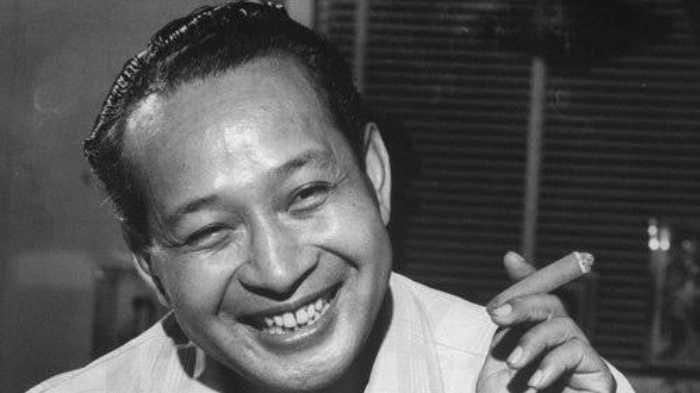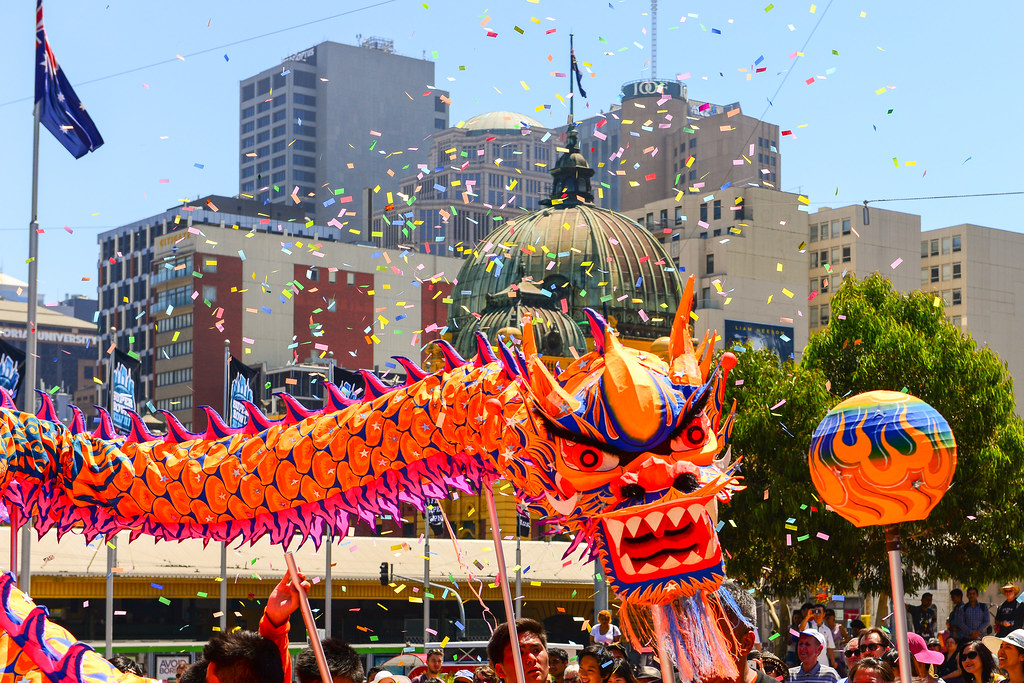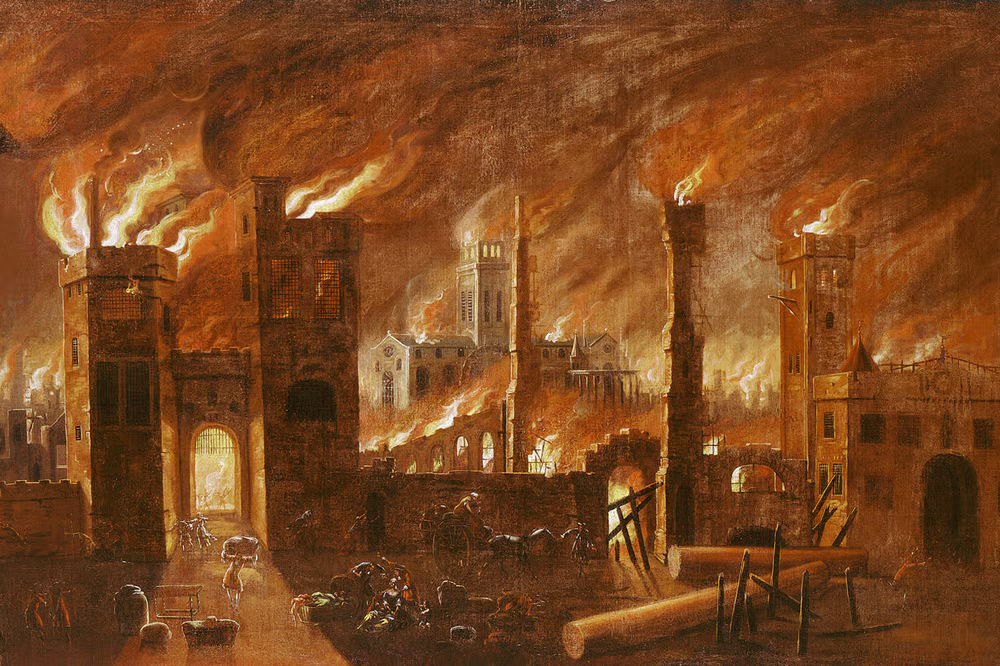zoomacademia.com – Soeharto, Indonesia’s second president, ruled the country with an iron grip from 1967 to 1998, a period known as the New Order. Though his regime was initially lauded for bringing stability and economic growth, it became infamous for rampant corruption. Under Soeharto’s rule, Indonesia transformed into a classic example of kleptocracy, where state resources were systematically plundered by those in power. This corruption contributed to Soeharto’s eventual downfall and left a lasting impact on Indonesia’s political and economic landscape.
The New Order and Soeharto’s Rise
Soeharto rose to power in the wake of political turmoil, overthrowing Indonesia’s first president, Sukarno, in the aftermath of a failed coup in 1965. His regime focused on economic development, and through partnerships with Western countries and multinational corporations, Soeharto oversaw a period of rapid industrialization and infrastructure building. However, this growth was overshadowed by deep-rooted corruption that became institutionalized over his 31-year rule.
The “Cendana Family” and Cronyism
At the heart of Soeharto’s corruption was his family, particularly what became known as the “Cendana Family,” a network of Soeharto’s relatives and close associates who gained control of vast sectors of the economy. His six children—famously called the “First Family of Corruption”—were given monopolies over key industries such as logging, banking, toll roads, and broadcasting. These business empires were built through government connections, rigged contracts, and state subsidies.
This web of crony capitalism extended to a circle of loyal business figures who maintained exclusive access to contracts and resources. In return for political support, these associates amassed great fortunes by controlling everything from oil production to construction. The intertwining of political power and business led to widespread embezzlement of state funds, often channeled through offshore accounts.
Corruption Mechanisms
Soeharto’s regime institutionalized corruption at all levels of government. Here are some of the key mechanisms through which this was carried out:
- Monopolies and Concessions: Soeharto’s government awarded monopolies to his family and associates over lucrative sectors, including timber, oil, and infrastructure development. These monopolies meant that government resources were siphoned off into private hands without any accountability.
- Foundations (Yayasan): Soeharto established several charitable foundations that ostensibly supported educational, religious, and social causes. In reality, these foundations were fronts for embezzling state funds. Funds meant for public projects were diverted into these foundations, which were managed by Soeharto’s cronies, and used for personal gain.
- Kickbacks and Bribes: State contracts, especially in infrastructure, defense, and oil, were often awarded to companies that were either owned by or gave significant kickbacks to Soeharto’s inner circle. Foreign companies that wanted to invest in Indonesia often had to pay bribes or enter partnerships with Soeharto’s associates.
- Suharto’s Personal Wealth: At the height of his rule, Soeharto was believed to be one of the richest men in the world. His personal fortune was estimated by Time magazine in 1999 to be as much as $15 billion, hidden in Swiss bank accounts and real estate abroad. This wealth was amassed through illicit means, including taking a percentage of foreign loans and siphoning off government revenue from national industries like oil.
Impact on Indonesia
Soeharto’s corruption had far-reaching consequences for Indonesia. By the time his regime collapsed in 1998, the country was facing an economic crisis exacerbated by years of mismanagement and financial opacity. Public services were underfunded, and state-owned companies were often stripped of resources, leaving them inefficient and unprofitable.
The corruption also fueled inequality. While Soeharto’s inner circle lived in opulence, the majority of Indonesians remained impoverished. Discontent over the regime’s economic mismanagement and the growing gap between rich and poor played a major role in sparking the protests that ultimately led to Soeharto’s resignation in 1998 during the Asian Financial Crisis.
Fall from Power and Aftermath
In May 1998, amid massive protests and a collapsing economy, Soeharto resigned, marking the end of the New Order. After stepping down, Soeharto lived a quiet life in Jakarta, protected by loyal military figures. Although several efforts were made to hold him accountable for his regime’s corruption, Soeharto never stood trial due to health concerns. However, his children faced legal actions in subsequent years, and much of the wealth amassed during his rule was investigated, though large portions remain unaccounted for.
Legacy
Soeharto’s legacy is a complex one. While he is credited with bringing stability to Indonesia after years of political unrest, his rule left deep scars on the country. The corruption that flourished under his regime still casts a shadow over Indonesia’s political system today. Though successive governments have made efforts to address corruption, Soeharto’s kleptocratic model created entrenched networks of influence that continue to affect the country’s governance and economy.
In retrospect, Soeharto’s rule serves as a cautionary tale about the dangers of unchecked power and the long-term damage that institutionalized corruption can inflict on a nation.
Conclusion
Soeharto’s corruption was vast, systemic, and deeply ingrained in Indonesia’s political and economic fabric. His three-decade rule left a legacy of both economic growth and widespread corruption, creating a paradoxical figure in Indonesian history. The impact of his corrupt practices is still felt today, as the nation continues to grapple with the challenges of rebuilding transparent and accountable institutions.
Soeharto’s story is a reminder of the importance of maintaining checks and balances in governance, and the peril that arises when power is concentrated in the hands of a few.







